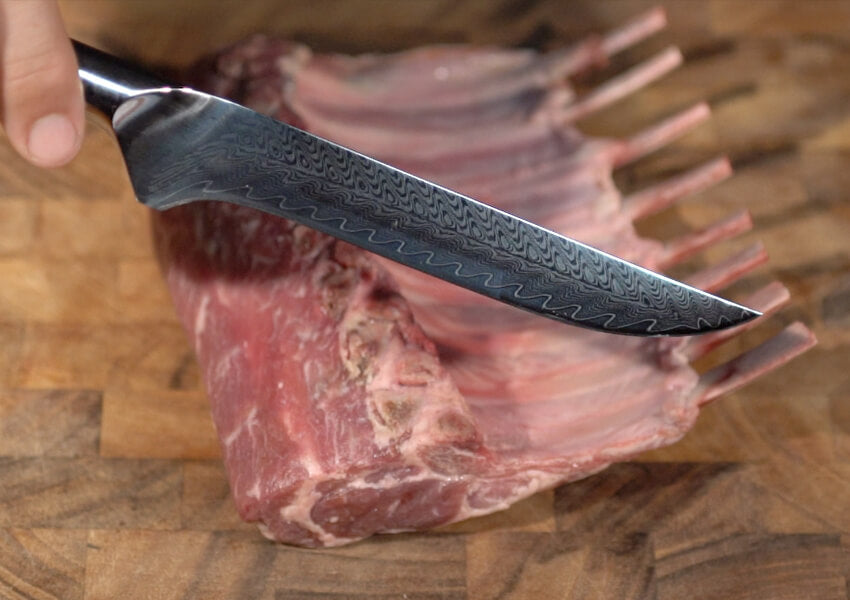When it comes to preparing chicken, one of the most crucial tools in your kitchen arsenal is undoubtedly the boning knife. This specialized knife is designed to make the task of deboning chicken efficient and precise. Whether you are a professional chef or a home cook, understanding the utility of a boning knife for chicken can greatly enhance your culinary skills.

What is a Boning Knife?
A boning knife is a type of kitchen knife with a sharp, pointed blade. It is specifically designed for removing bones from meat, poultry, and fish. The blade is typically narrow and flexible, which allows for intricate cuts and easy maneuverability around bones. This makes it a perfect choice for working with chicken, where precision is key.
Features of a Boning Knife for Chicken
Blade Design
The blade of a boning knife is usually between 5 to 7 inches long. It is narrow and tapers to a sharp point, which allows the user to make precise cuts. The flexibility of the blade can vary, with some knives offering more stiffness for tougher meats.
Handle Comfort
A good grip is essential when handling a boning knife. Many knives come with ergonomic handles that provide comfort and control, reducing the risk of slipping during use.
Material and Durability
Most boning knives are made from high-carbon stainless steel. This material is not only durable but also resistant to rust and stains, making it ideal for frequent use in the kitchen.
Why Use a Boning Knife for Chicken?
Using a boning knife for chicken offers several advantages. It allows for cleaner cuts, reducing waste and ensuring that you can efficiently separate meat from the bone. This is particularly important for dishes where presentation is key. Moreover, a boning knife can help you achieve consistent cuts, which is essential for even cooking.
How to Properly Use a Boning Knife
Using a boning knife requires some skill, but with practice, it becomes second nature. Here are some tips to get you started:
Start with a Sharp Knife
Always ensure your boning knife is sharp before use. A dull knife can slip and lead to accidents. Regular honing is recommended to maintain the blade’s edge. Learn more about honing a knife.
Use the Right Technique
When deboning chicken, use short, precise strokes. Keep the blade angled towards the bone to minimize meat wastage. Practice will improve your technique over time.
Safety First
Always prioritize safety when using a boning knife. Ensure your work surface is stable and dry. Use a cutting board to prevent damage to your countertops. For more information on safety, check out knife safety tips.
Maintaining Your Boning Knife
Proper maintenance of your boning knife ensures its longevity and performance. Regular cleaning and sharpening are essential. Avoid putting your knife in the dishwasher, as this can dull the blade. Instead, hand wash it with mild soap and water.
Choosing the Right Boning Knife
When selecting a boning knife for chicken, consider factors like blade flexibility, handle comfort, and material. Personal preference plays a role, so choose a knife that feels right in your hand.

Frequently Asked Questions
What is the difference between a boning knife and a carving knife?
While both knives are used for meat preparation, a boning knife is designed for removing bones, whereas a carving knife is used for slicing cooked meat. Learn more about the differences between these knives.
Can I use a boning knife for other tasks?
Yes, a boning knife can be used for other tasks such as filleting fish or trimming fat from meat.
How often should I sharpen my boning knife?
It depends on usage, but generally, you should sharpen your boning knife every few months. Regular honing can help maintain the edge between sharpenings.
For a more detailed guide on how to use a boning knife, visit this resource.
This article contains affiliate links. We may earn a commission at no extra cost to you.


